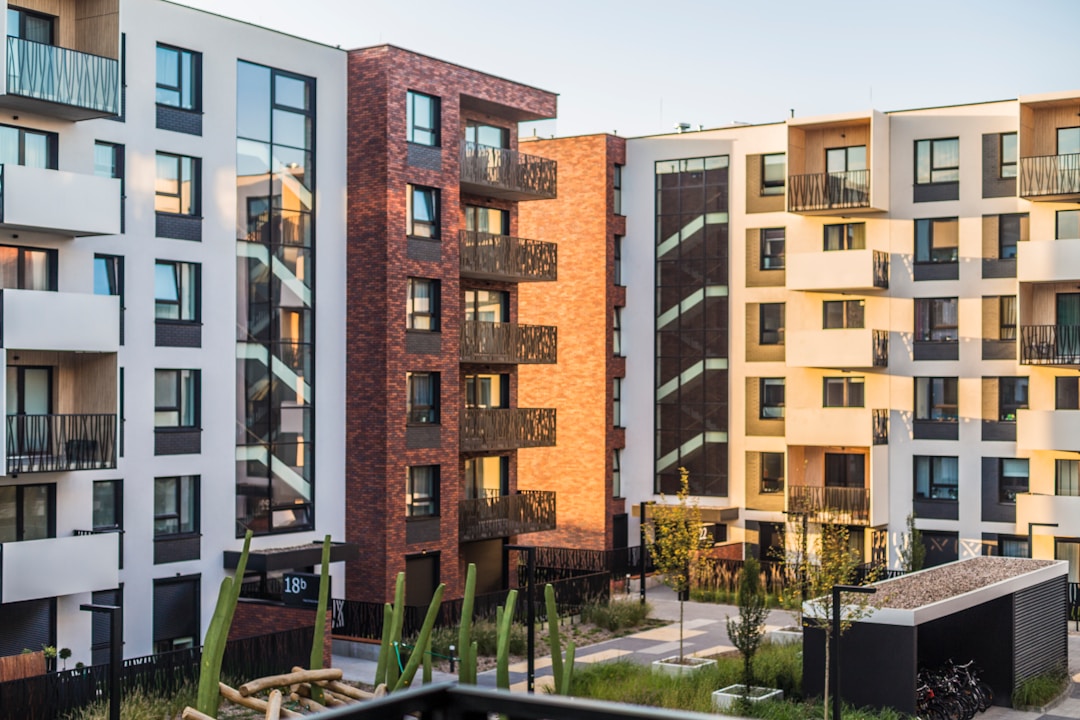Mixed-use properties are common in metropolitan areas. A mixed-use building is a commercial property that features both commercial space and residential space. Another example of a mixed-use building is a family building with a ground-floor health care office. Large apartment buildings with retail or office space are also considered mixed-use properties. The residential portion typically occupies more square feet than the commercial portion.
Types of Mixed-Use Properties

There are several different types of mixed-use properties. The main street space combines residential and commercial space in a town center. There are residential units on the top floors and commercial space on the ground floor. A live-work space is a property in which tenants live in the same building where they work. For example, the business is on the ground floor and apartments are on the top floors. A residential and office space combines office and residential units. It’s typically a commercial building with multi-family residential units. A great example of a residential and office mixed-use property is living above a doctor’s office or dental office.
The dental health care personnel at CDC Dental provide dental patients quality, conservative dentistry in a friendly dental setting. Only necessary dental treatment is recommended and the dental staff focuses on building quality patient relationships. The dental practice offers dental services including general dentistry, elective procedures, cosmetic dentistry, and individualized dental care. CDC Dental also offers innovative treatments including dental implants, Invisalign, teeth whitening, and dental sleep medicine.
Insuring Mixed-Use Properties

Mixed-use properties are a great way for landlords to earn commercial and residential income. Mixed-use developments have unique insurance coverage needs. Mixed-use insurance can be complex, which is why a property owner needs to assess the risks of each property type. Muller Insurance explains that landlords should consider the number and frequency of visitors to the property, whether there are expensive contents within the property that need an additional insurance policy, whether a business owner could put the building at risk for fire or flood, and how many workers will be maintaining the property.
Liability insurance is a must for mixed-use buildings as it protects building owners from lawsuits by visitors who are injured or whose property is damaged. Residential and retail buildings can be damaged by weather, fire, flooding, vandalism, and theft. Insurance coverage to cover the cost of repairs and business income insurance to cover lost income from lack of tenants are necessary for landlords.
Pros and Cons

There are several advantages to investing in a mixed-use property. Landlords can attract a more diverse tenant market, which in turn creates a more dynamic community. These types of properties are in high demand, making them a real estate investment with reduced risk. Mixed-use properties have easy access to public transportation, retail stores, work, and restaurants, making it more convenient for consumers. These properties are an investment in sustainable real estate. Mixed-use buildings are compacted in dense areas, meaning they require less land and natural resources.
There are some disadvantages to investing in a mixed-use development. It’s complex to develop a major mixed-use building and careful planning is required. It can take a year or more to develop, and it needs to be designed in a way that won’t cause issues between commercial and residential tenants. Not only is developing a mixed-use building complex, but it’s also harder to manage. Hiring multiple property managers is one of the best practices in mixed-use management. Investing in this type of property is expensive, and the longer it takes to draw tenants, the more limited profits will be.
It’s not always easy to find a lender who will finance this type of development, but investing in a mixed-use property is a great way to diversify your real estate portfolio, see higher returns, and find ideal tenants.





